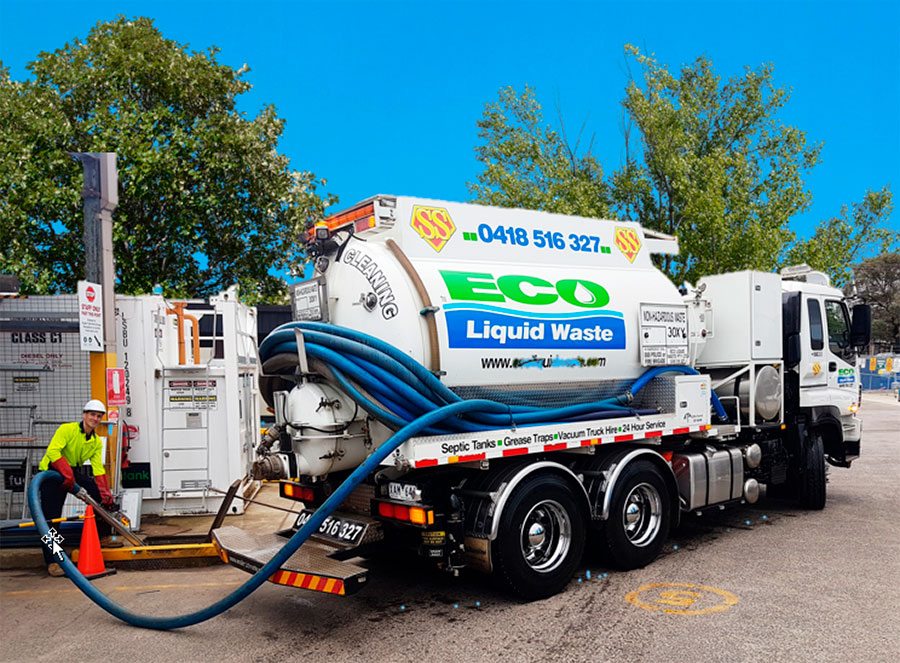The Facts About Reclaim Waste Revealed
The Facts About Reclaim Waste Revealed
Blog Article
Everything about Reclaim Waste
Table of ContentsRumored Buzz on Reclaim WasteSome Of Reclaim WasteAn Unbiased View of Reclaim WasteThe Only Guide to Reclaim WasteSome Known Questions About Reclaim Waste.
Check out the types, incidents, and forms of fluid waste. Domestic sewer waste describes the waste and products from a residential sewage-disposal tank. This type of waste is developed by people in residences, institutions, and other buildings. This only consists of septic systems that have a drainpipe area. The appropriate management and disposal of residential sewer waste need fluid waste to be transferred to a sewage therapy plant where the proper techniques and equipment are applied to detoxify and throw away waste.
Business waste frequently includes prospective threats, such as flammable products or a mix of fluid and strong waste items, and needs an extra advanced and thorough disposal procedure. The disposal of business waste usually includes the filtering of waste before transportation to ensure secure and proper disposal. Hazardous waste is produced from byproducts and runoff of commercial processes and production.
This kind of waste can not utilize the exact same sewage management transport or procedures as septic or business liquids. The hazardous waste management process needs the assessment and testing of fluid waste before it goes through the disposal procedure (liquid waste removal). Drainage waste is the fluid waste that comes from runoff and excess stormwater in highly booming areas or cities
Overflow waste can cause contamination and flooding otherwise taken care of effectively. Find out more regarding drain cleaning and waste management. Making certain correct waste management can protect against disasters and reduce environmental harm. Both individuals in property settings and specialists in commercial or manufacturing markets can gain from understanding the procedures and guidelines of fluid waste administration.
Reclaim Waste - Questions
Get in touch with PROS Providers today to learn regarding our waste administration and disposal services and the proper ways to care for the fluid waste you produce.
(https://gravatar.com/maximum5d830db060)This so-called 'wastewater' is not just an important source but, after treatment, will certainly be released to our land, waterways or the sea. Used water from bathrooms, showers, bathrooms, kitchen sinks, washings and commercial processes is understood as wastewater.

water made use of to cool down machinery or clean plant and devices). Stormwater, a kind of wastewater, is runoff that streams from agricultural and city areas such as roofings, parks, yards, roadways, courses and gutters into stormwater drains pipes, after rainfall. Stormwater flows without treatment straight to neighborhood creeks or rivers, eventually reaching the ocean.
Reclaim Waste Fundamentals Explained
In Queensland, the majority of wastewater is dealt with at sewer therapy plants. Wastewater is moved from residential or commercial websites with a system of drains and pump stations, referred to as sewerage reticulation, to a sewage therapy plant. Neighborhood federal governments develop, keep and operate most sewer therapy plants. Operators are licensed under the Environmental Security Act 1994 to release cured wastewater at an acceptable ecological requirement into waterways.
The Department of Natural Resources advises local governments concerning managing, operating and keeping sewage read more systems and therapy plants. In unsewered areas, city governments might need owners to set up individual or household sewage treatment systems to deal with domestic wastewater from toilets, cooking areas, washrooms and laundries. The Department of Natural Resources authorizes using house systems when they are proven to be reliable.
A lot of stormwater receives no therapy. In some new communities, treatment of some stormwater to remove trash, sand and gravel has actually begun utilizing gross pollutant traps. Wastewater therapy happens in four phases: Gets rid of solid issue. Bigger solids, such as plastics and various other items wrongly discharged to sewage systems, are removed when wastewater is passed via screens.
Uses little living microorganisms recognizes as micro-organisms to break down and remove staying liquified wastes and great particles. Micro-organisms and wastes are incorporated in the sludge.
Reclaim Waste - An Overview
Nutrient elimination is not offered at all sewage treatment plants due to the fact that it needs costly specialised tools. Clear fluid effluent produced after therapy might still include disease-causing micro-organisms - liquid waste removal melbourne.

This typically means wastewater has to be treated or contaminants gotten rid of before it can be discharged to rivers. Many wastewater moves into the sewage system. Under the Act, regional governments carry out approvals and permits for environmentally pertinent activities (Periods) including wastewater launches that might have a neighborhood effect. The division provides authorizations and licences to Ages involving wastewater releases that could have a local or statewide effect.
Not known Details About Reclaim Waste
Monitoring supplies factual info regarding water top quality and can verify that licence conditions are being fulfilled. The information acquired through surveillance gives the basis for making water quality choices.
Report this page